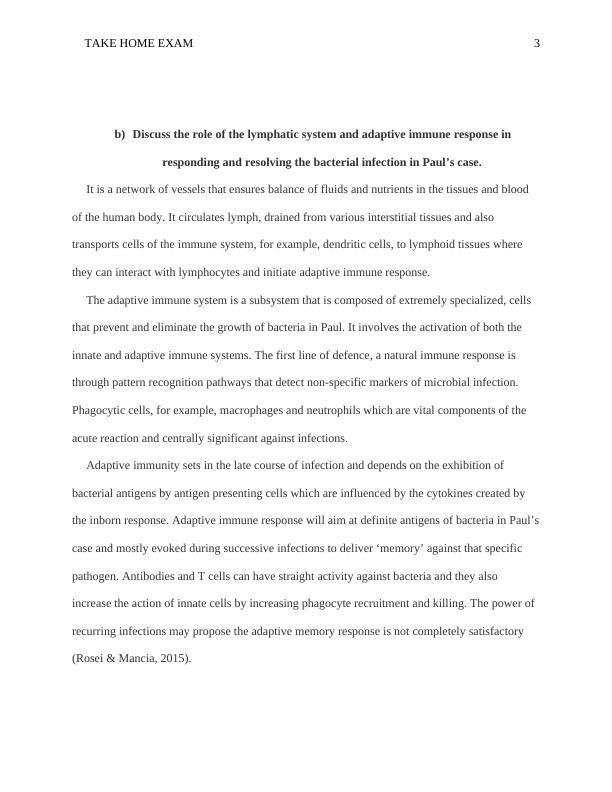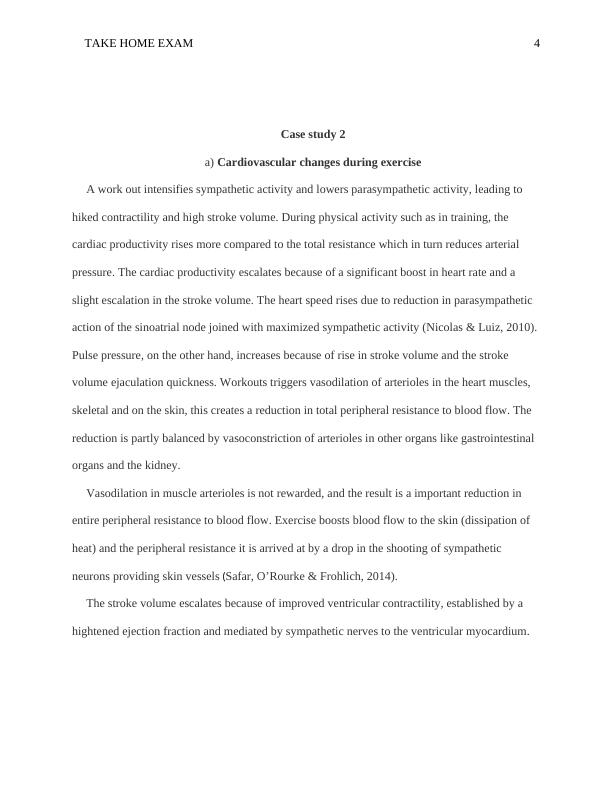Role of Lymphatic System and Adaptive Immune Response in Bacterial Infection
Weighting criteria for marking assignments
12 Pages2909 Words331 Views
Added on 2023-04-20
About This Document
This article discusses the role of the lymphatic system and adaptive immune response in responding and resolving bacterial infections. It explains the process of acute inflammation and how the immune system fights against bacteria. The article also includes case studies on cardiovascular changes during exercise and the control of peripheral resistance, as well as a case study on myopia and the diagnosis and treatment options for it.
Role of Lymphatic System and Adaptive Immune Response in Bacterial Infection
Weighting criteria for marking assignments
Added on 2023-04-20
ShareRelated Documents
End of preview
Want to access all the pages? Upload your documents or become a member.
Urinary Tract Infection with Severe Sepsis
|7
|1866
|44
Anatomy and Physiology: Inflammation, Immune System, Heart and Blood Pressure Regulation
|12
|4003
|176
Pathophysiology and Treatment of Cellulitis
|7
|1683
|83
Severe Abdominal Pain Case Study
|9
|2316
|85
Immunity and Infection
|5
|1972
|422
Pathophysiology of Acute Rheumatic Fever
|5
|685
|52




